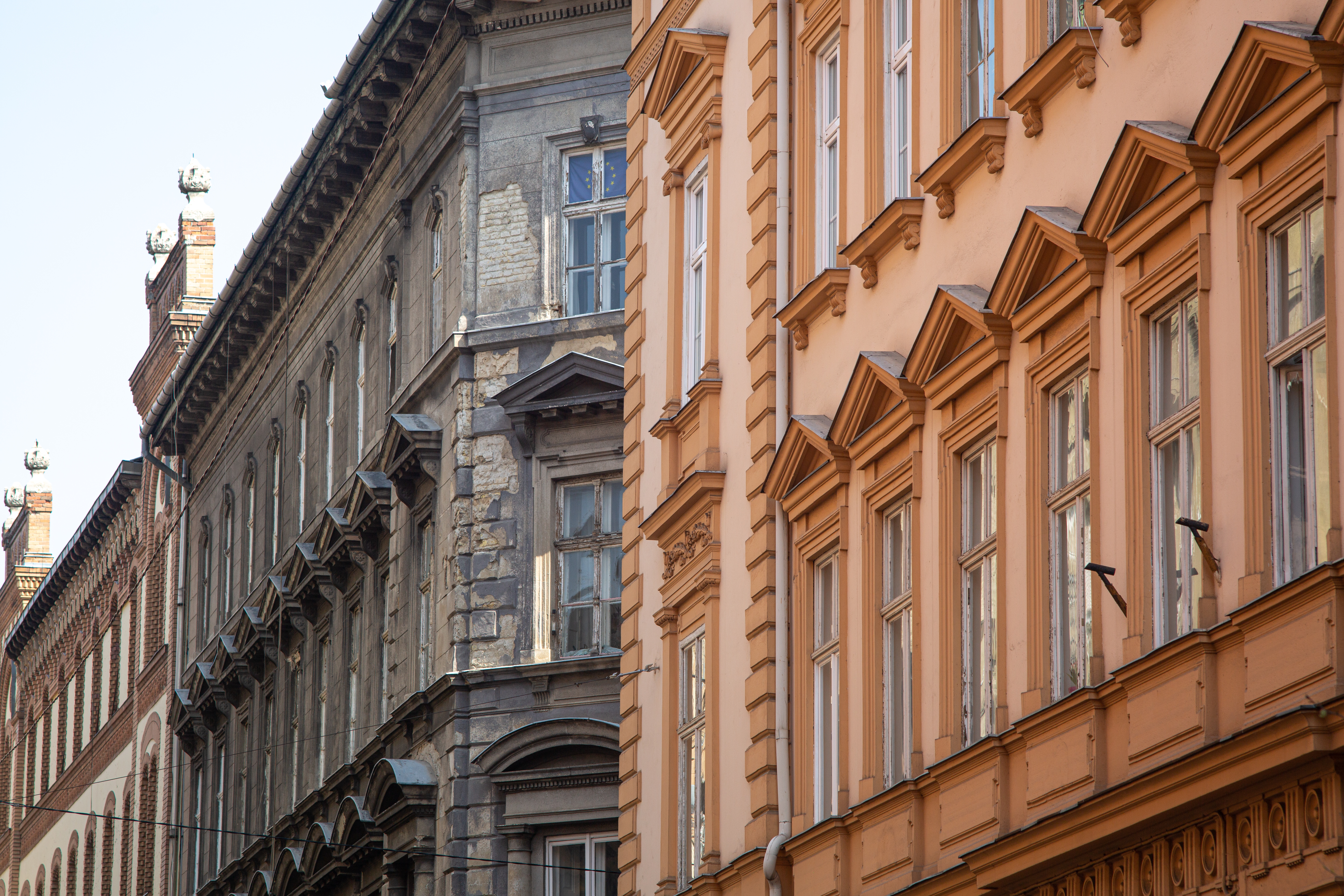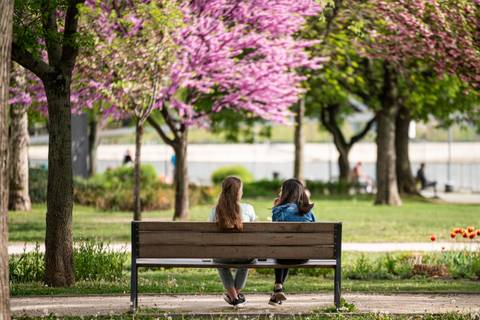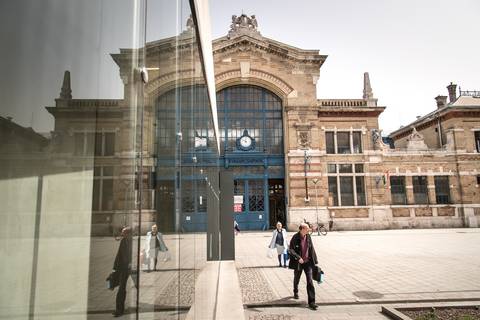Budapest’s 8th district is one of contradictions. On one hand, it was once known as Budapest’s ghetto, with a crumbling infrastructure and a reputation for crime. On the other, the National Museum and Palace Quarter are also located here, featuring some of the most impressive architecture from the 19th century in Budapest. From the elegant Ervin Szabó Library to bustling Keleti station and scenic Kerepesi Cemetery, we take a look at District VIII in our new video, with the help of local amateur historian Károly 'Kagi' Orhalmi-Riesz!
Today, the Metropolitan Ervin Szabó Library is located within the 19th-century, Neo-Baroque Wenckheim Palace. Once a lavish private residence, the building’s former glory can still be appreciated in the upstairs Reading Rooms, which were spared modern redesign into library space.
Near the library is the National Museum, built in Neo-Classical style and serving as the home for the history, art and archaeology of Hungary. It was here in 1848 that the Revolution was sparked in part by the reading of Sándor Petőfi's 12 Points and the famous poem Nemzeti dal.
The Építészpince restaurant sits behind, operating in the garden and building of the 150-year-old Almássy Palace, and renowned for its lush atmosphere. Many artists have come here over the years.
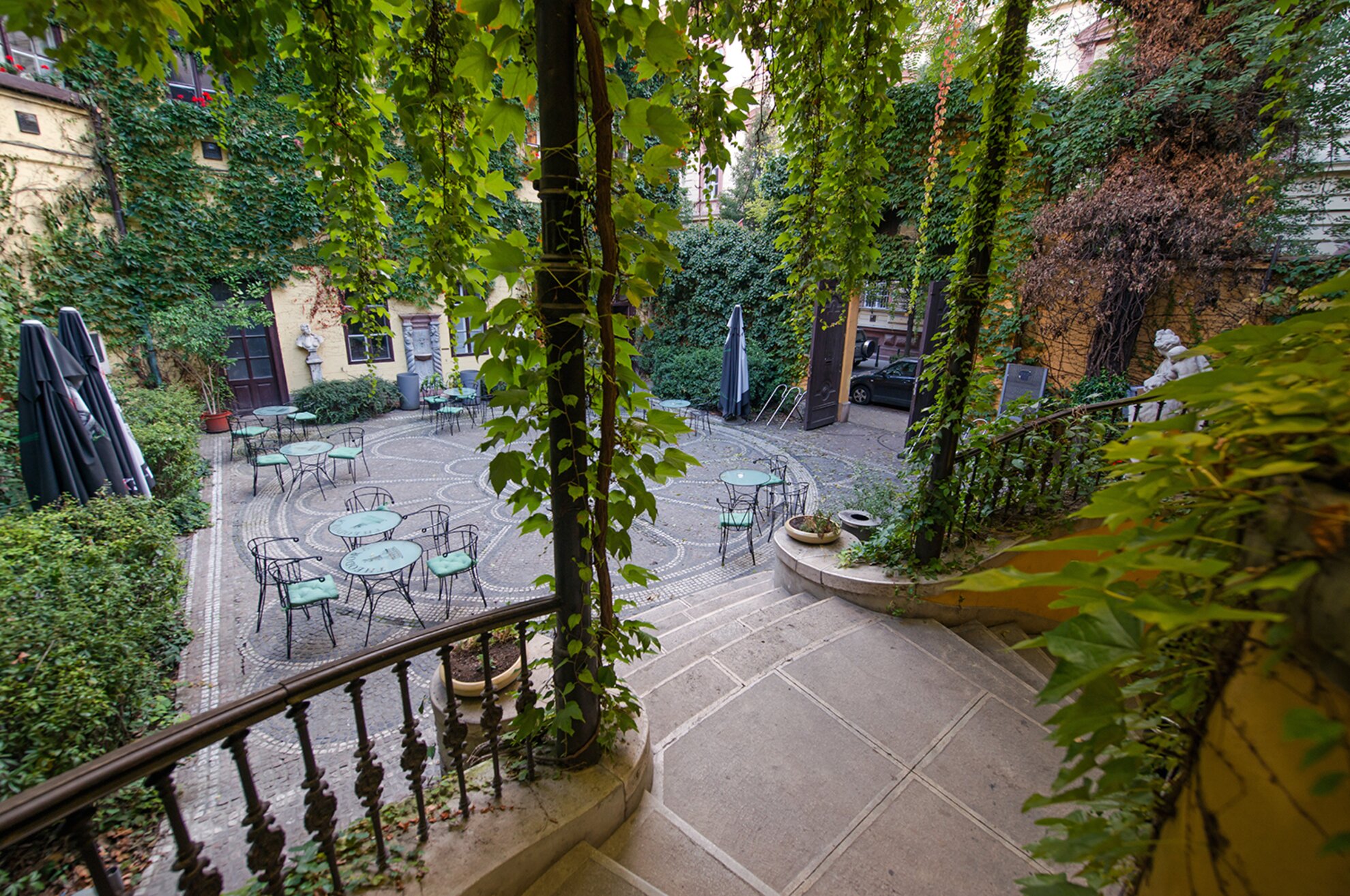
Other areas of artistic significance include the Urania National Film Theatre, considered the film counterpart of the National Theatre and Opera House. The building was originally constructed in the mid-1890s, incorporating styles of Venetian Gothic and Eastern Moorish.
The charming Hotel Palazzo Zichy is another monument to the lavish lifestyle enjoyed by wealthy Budapest families. Built in the 19th century as the home for Hungarian nobleman Count Nándor Zichy, it is now a fabulous, four-star hotel located on Lőrinc Pap tér.
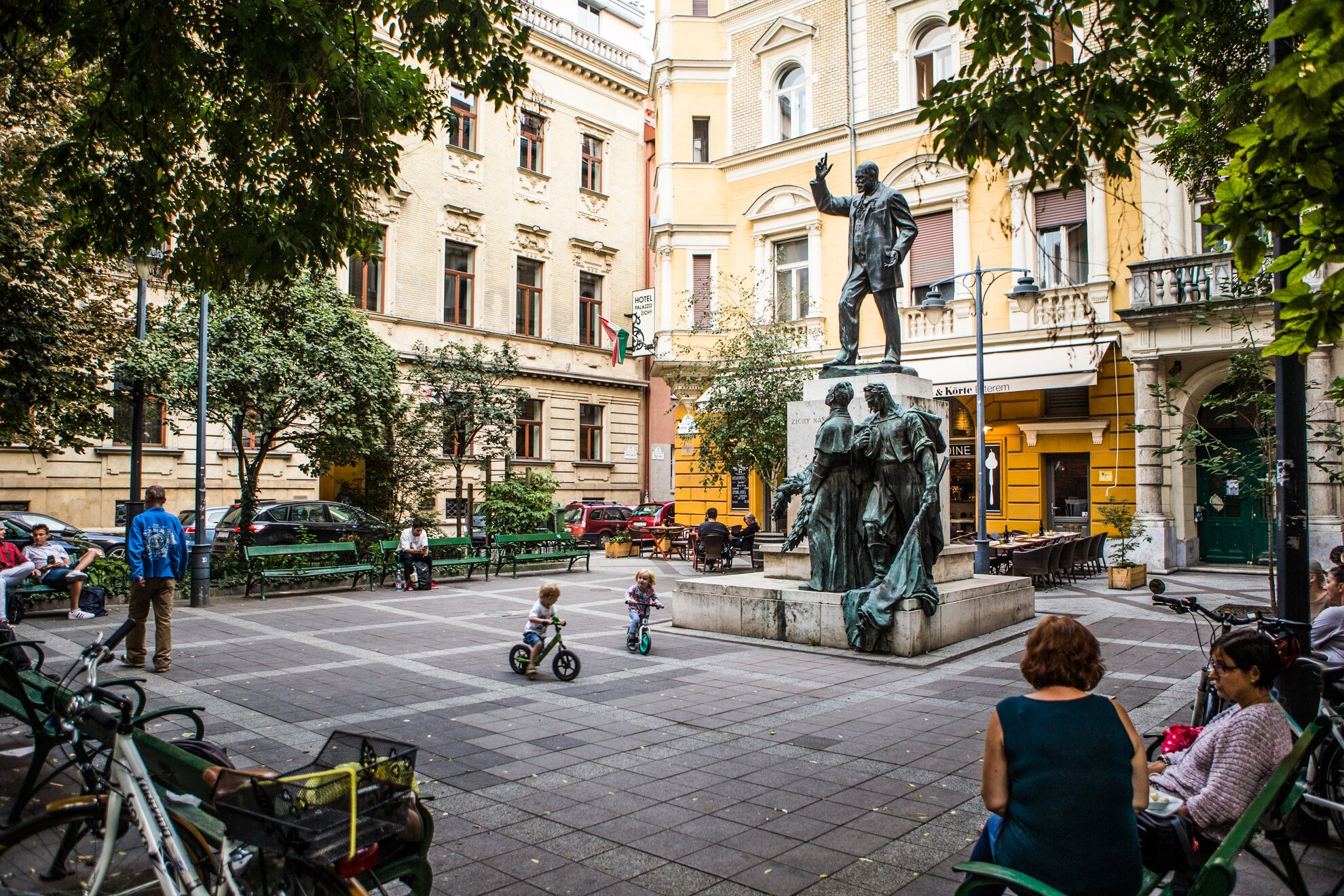
Back to the theme of revolution, we come to Corvin-negyed, now a major transit hub in the city connecting the blue Metro 3 line to the busy 4-6 tram. The Corvin cinema dates back to 1922, and was converted to a multiplex in modern times. During the Hungarian Revolution of 1956, it served as the location of a bloody stand-off between Budapest citizens and Soviet tanks. Today a memorial honours heroic young Hungarians.
Also located in District VIII is the Hungarian Radio building, which saw its fair share of fighting in 1956, as well. On 23 October, university students began marching to protest the Communist leadership, heading to the Hungarian Radio building to read their 16 points of reform over the airwaves. At 9pm, shots were fired into the crowd, and the fighting lasted until morning.
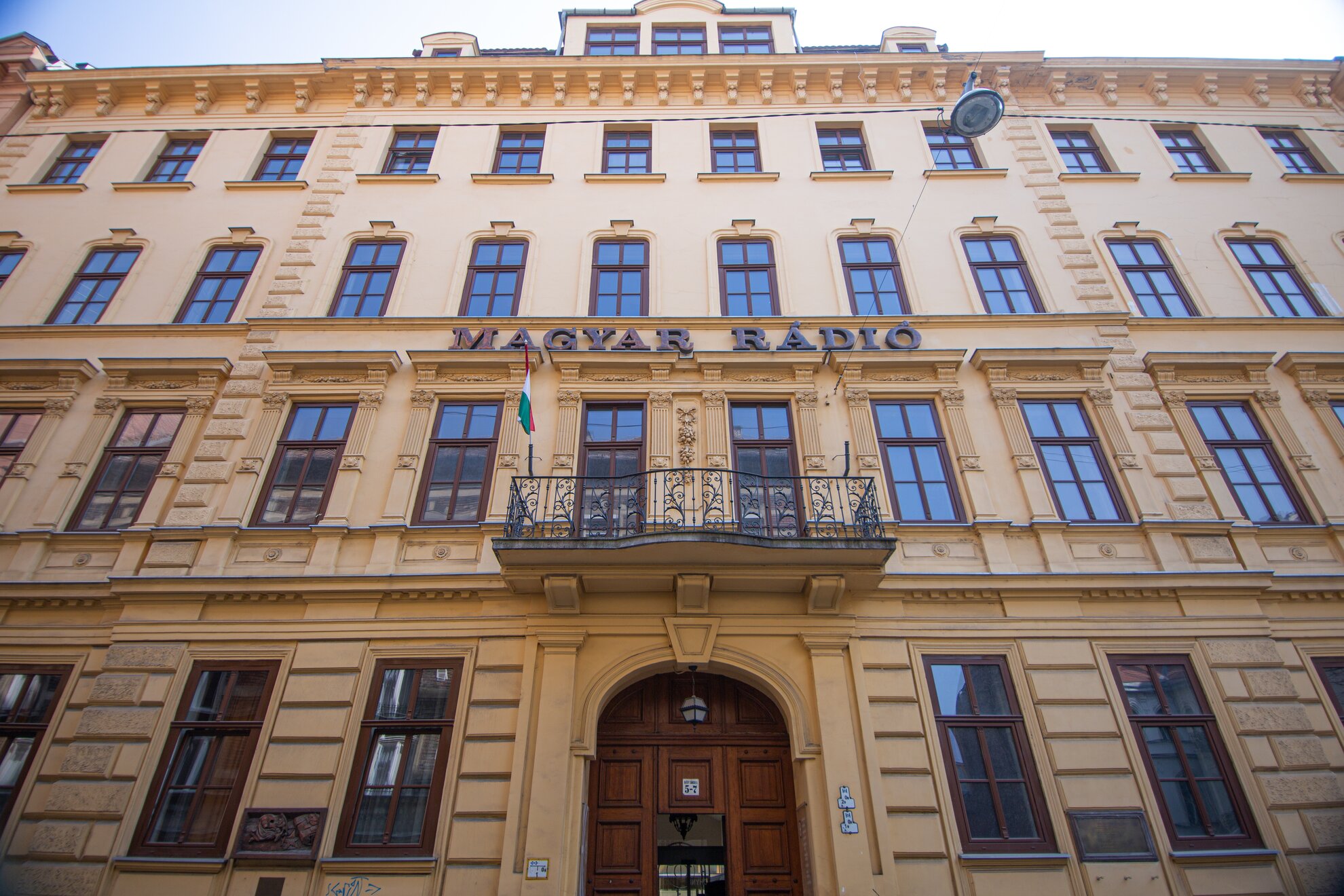
A major landmark in Budapest’s District VIII is Keleti station, an international and inter-city railway terminal designed by Gyula Rochlitz and János Feketeházy. An older station once operated down the road, from which trains deported Hungarian Jews during the Holocaust. Today the spot is marked with a memorial, the retaining wall designed to look like the railway supports.
It is also near here that we find the magnificent Kerepesi Cemetery, the final resting place of numerous famous Hungarians, including statesmen Ferenc Deák, József Antall and Lajos Kossuth. The sprawling cemetery is often likened to Père Lachaise in Paris, with tree-lined avenues and breathtaking mausoleums.
Right in the heart of the district is II. János Pál pápa tér, where we find the Erkel Theatre. A huge building, it was originally designed with the idea of bringing opera to the masses for cheap. After renovations in the early 2000s, it has reopened and maintains its focus on Hungarian-language productions.
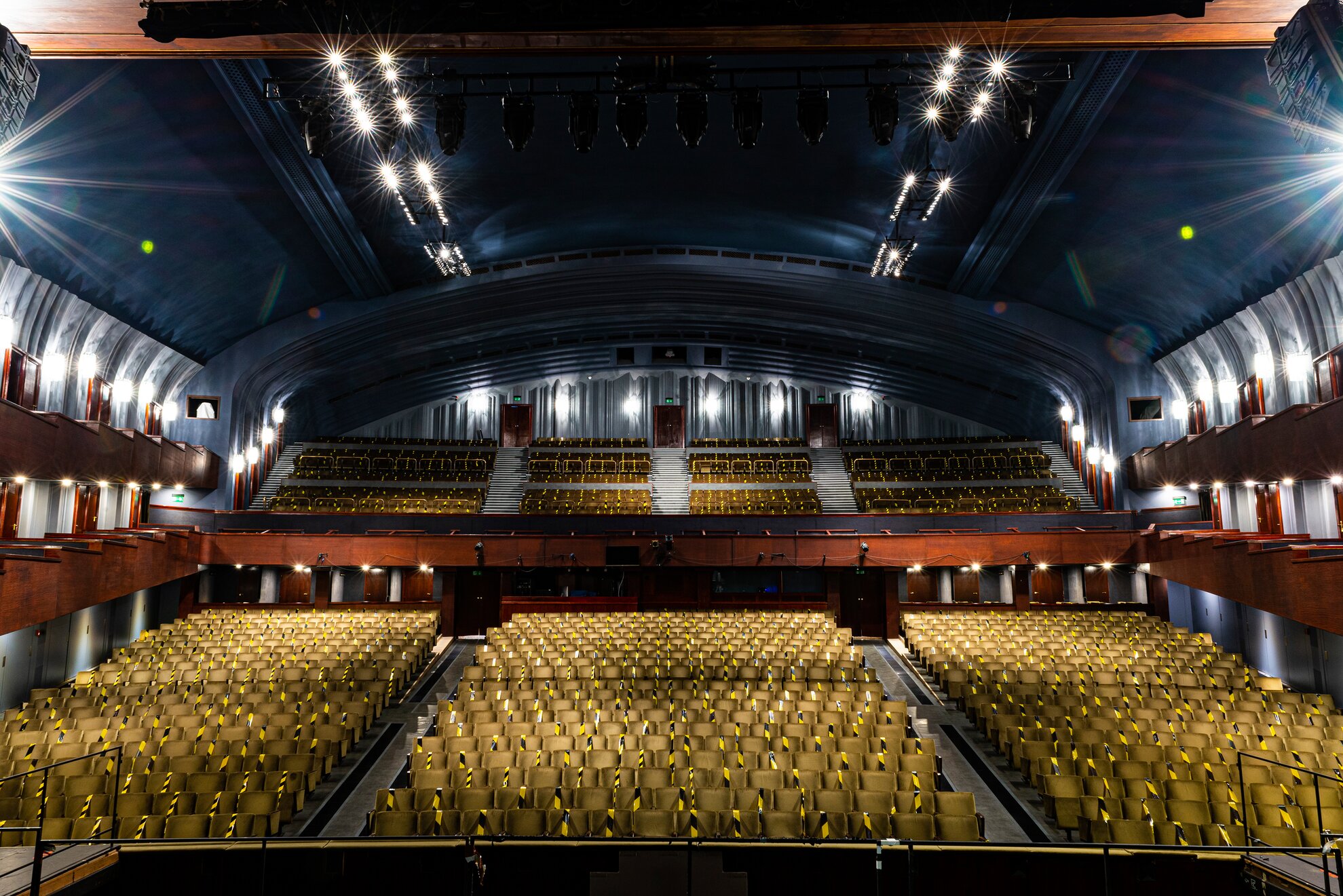
Rákóczi tér market was built during the Habsburg monarchy, an iconic building originally opened in 1894. At the time, a horse-drawn carriage could be driven inside, to facilitate the unloading of goods. A fire destroyed the building in 1988, but it was rebuilt and renovated according to the plans of architects György Tokár and György Hidasi, and reopened in 1991.
Away from the spectacular palaces and grand opera houses, the daily life of District VIII continues to be one of a lower income for many residents. Deteriorating façades are a stark reminder, and an angry memorial on Tavaszmező utca speaks to current events. Also known as the Roma Parliament, this former Roma cultural and arts centre left many residents frustrated by the local government decision to shut it down, spray-painting their thoughts on the exterior.
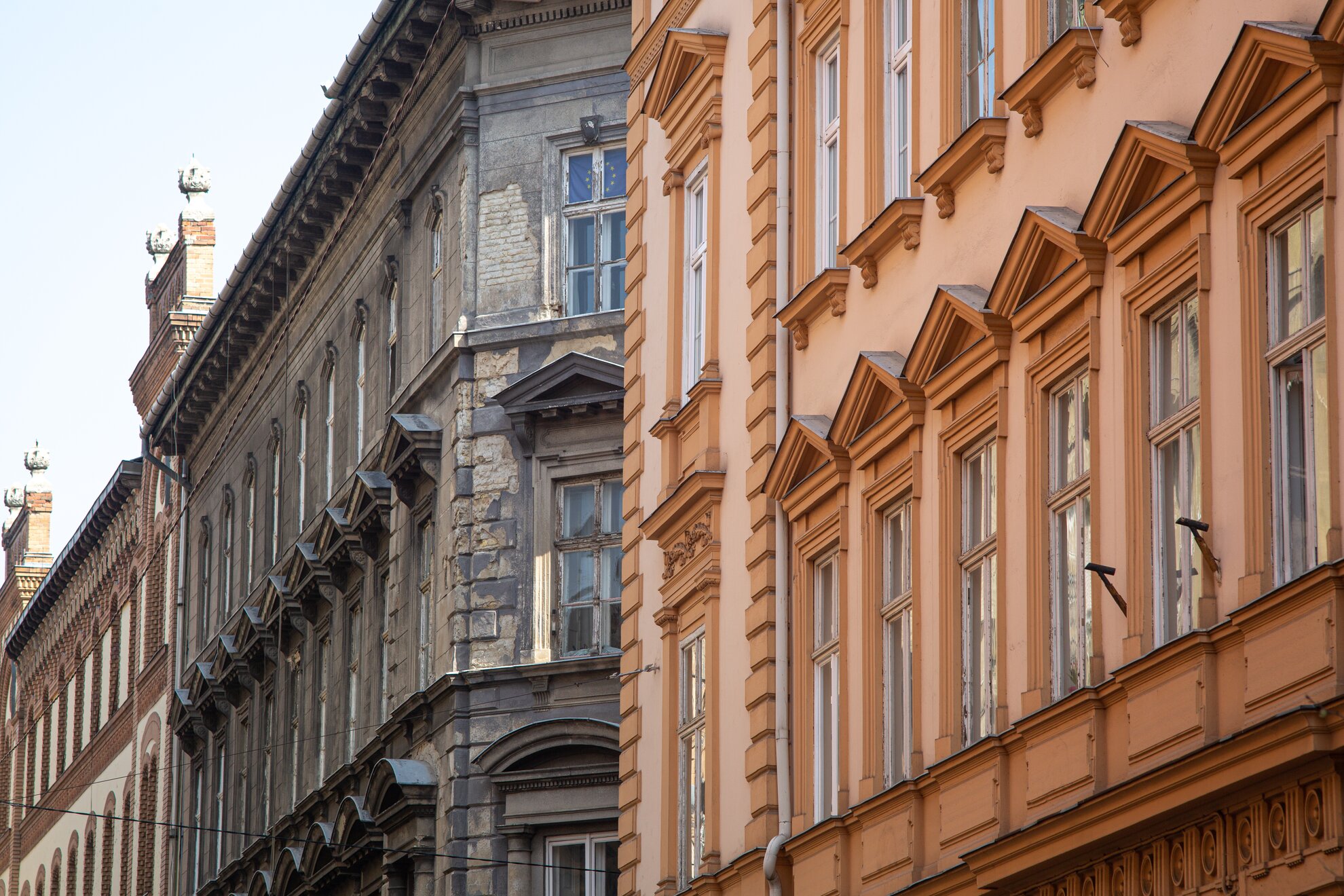
From mansions to humble dwellings, District VIII is a diverse area of Budapest full of stories, life and culture. Gentrification is bringing new buildings to the area, including office spaces and modern apartments, but the district retains a special charm unique to itself. District VIII is a place mostly reserved for locals, but with plenty of historical and artistic attractions guaranteed to delight visitors.
